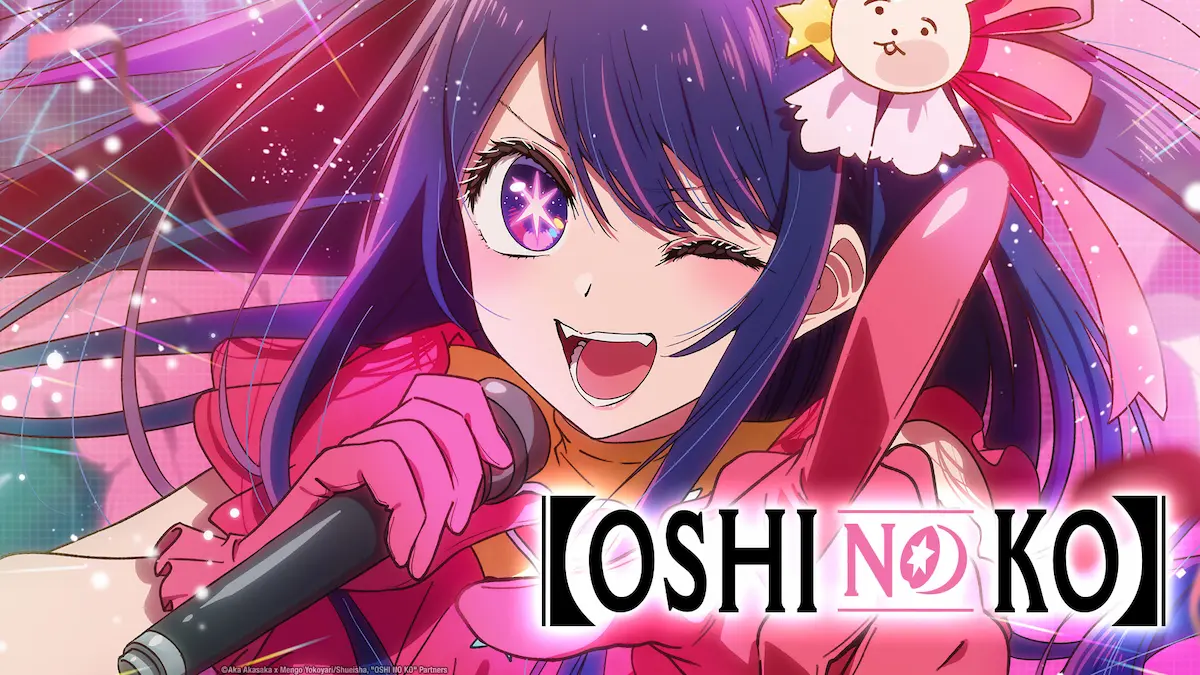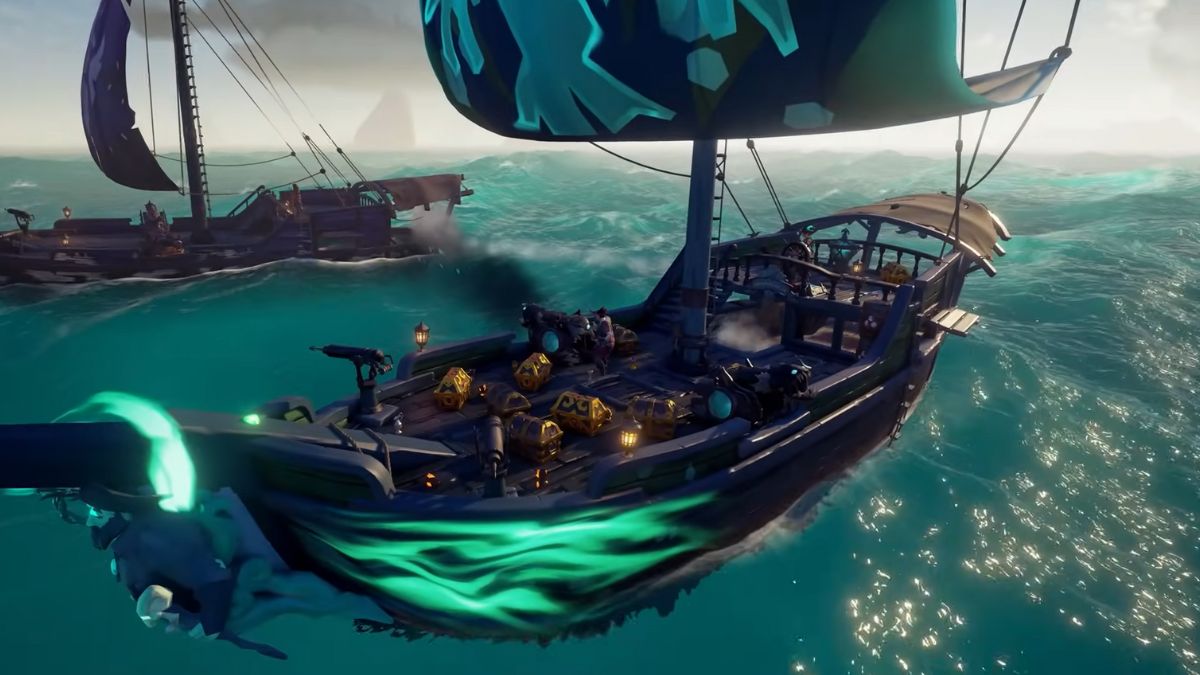While I’ll admit first and foremost that a landmonster like your favorite Linde wouldn’t seem the most apt candidate for a peripheral like the Wii Balance Board, it may make a bit of sense that my geeky dark side lusts for exploration of creative vision, which is just what went down at this year’s GDC.
Nintendo hardware guru and Wii Fit producer Takao Sawano walked a packed room of onlookers through the murky genesis of the Wii Balance Board today, revealing several details as to the creation of the peripheral and answering the question on everyone’s mind: what the hell does Sumo wrestling have to do with Wii Fit?
Hit the jump to find out.
“Looking at the Wii Balance Board,” Sawano said to the audience, “I can’t help but think it looks like something necessary for the Wii from the beginning.”
When you really think about it, Wii Fit is a curious creation, boiling down essentially to the act of weighing oneself translated to a gaming experience. But according to Sawano, Wii Fit was as an essential a part of the Wii brand as Wii Sports and Wii Play before the system had ever launched.
Sawano showed the audience a freakishly complicated diagram created by Miyamoto during the planning and development phase of the Wii, which he explained included prototype concepts for Wii Sports, Wii Play, and Wii Fit. The games were listed with boiled-down play mechanics — “Tennis” and “Bowling” for Sports, and “Body Management, Health, Scale, Et Cetera” for what would eventually become Fit.
Sawano and his peers had their doubts — even when Miyamoto himself explained to them how much he valued his daily ritual of weighing himself, and his ambitions to bring that to the sphere of gaming. “Would you turn on a TV just to weigh yourself?” the team wondered. “Would you want to do it with everyone around you? Doesn’t everyone already have a scale?”
Despite doubts of the product’s market viability, development moved forward. Creating a cost-effective production model was the next step — as well as figuring out fun, meaningful applications for the peripheral.
But despite Miyamoto’s insistence that weighing oneself could be fun, hopping on and off a scale didn’t seem terribly interesting from a gameplay perspective. Sawano and his team hit the ground running when he was struck with thoughts of Sumo.
The average weight of a Sumo wrestler, he said, is in excess of 330 pounds — much too heavy to be weighed on a conventional scale. So Sumo wrestlers are weighed with two scales, distributing weight between them, creating a balance between the two — by finding a way to represent that notion visually, Sawano posited that a new emerging input might be possible with something as simple as weight.
Adapting conventional scales to the Wii hardware wasn’t going to work, and Sawano and his team then developed a slew of prototypes to take advantage of the specs, which varied wildly in size and shape. The several evolutions of the Wii Balance Board almost brought unto the peripheral a built-in rumble feature, but when it was realized that the sensation would be extremely faint through the feet of would-be players, the idea was scrapped.
But motivated by the possibility of bringing never-before-seen hardware and software to market, Sawano and his team wondered: why not expand the range of detection of the board, and incorporate forward and backward sensors in addition to left and right? The software design team initially rejected the notion, saying that there was plenty of fun to be had with simple left-and-right controls, but eventually came around. A slew of prototypes and builds later, and Sawano’s team had created the Wii Balance Board as we know it today.
It’s the kind of story that really makes you reconsider all the work that goes into the building of a peripheral, especially one that a developer hopes will get as much use as Nintendo does with the Wii Balance Board. From complicated conceptual diagram to slim, sexy hunk of plastic, the story of Wii Fit is hardly new in terms of the trials and tribulations faced by design engineers, but is nonetheless compelling in giving an inside look into Nintendo’s development process.




